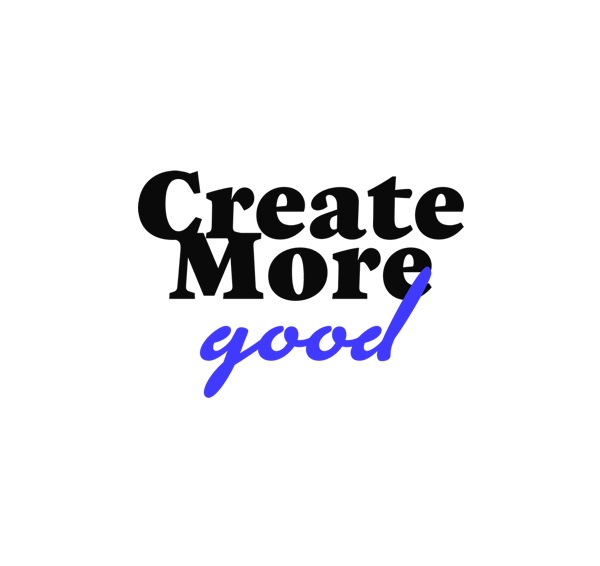It’s a question we get asked all the time: Does my nonprofit need a new website? The truth is that even if your website truly sucks, a complete relaunch might not be the best course of action. With technology snowballing and the world constantly changing, the site you need tomorrow might not be the site you need next week. That is why so many nonprofits are swapping a full redesign for agile reiterations.
The Problem with Relaunching
Benefits of Reiterating
It is cost effective.
When you completely redo a site, the features and functionality can add up. Fast. And you don’t even know what is going to work or resonate with your audience! Instead of pulling out all the stops in one fell swoop, reiterating your site allows you to test to see what is working and invest in one improvement at a time.
It is less time-consuming…
Think back to the last time you redesigned a website. How much time did you spend gathering input, approving designs, meeting with colleagues about strategy, and (let’s be real) arguing with those same colleagues about priorities? The answer is probably a lot. When you reiterate, your team can focus on one task at a time and gauge its results before moving onto the next.
…and you can update more frequently.
Since the changes are smaller and the team feels more empowered, they can ramp up the pace at which they make changes while still spending less time than they would on a full redesign. These changes are “minor” but they impact how a visitor interacts with the website. For example, an iteration could be changing the copy in the CTA, altering the design of a landing page, or updating a headline. Imagine making a change to your website once a week that increases donation conversions!
It is based on metrics, not guesswork, to increase conversion rates.
Speaking of conversions, when you make smaller changes on a regular basis as opposed to all of the changes once every few years, you create a roadmap. You can connect the dots between website features or issues and conversions. You can track the data to determine what is working, what is not, and why.
Own growth goals.
Now that the team has the ability to iterate based on actual results, you can start owning growth goals. This is an incredible mindset shift to fall into. Rather than viewing your website as a costly marketing tool, it is a place for your nonprofit to drive results and improve your community.
What it Looks Like
Let’s use a food bank as an example. Imagine a food bank website that is used to both provide information to those who are food insecure and solicit donations from the community. That’s pretty normal, right? But what happens when a natural disaster strikes the area? Or a pandemic suddenly affects the whole world?
Unlike a capital campaign or end of year push, there are many events that will drastically increase the need without warning and without time to strategize and plan in advance. But if you have a website designed to be reiterated and a team on deck to make the changes, the executive director of the food bank can make a decision about how to pivot. The web designer can create a strategic adjustment the same day, and the developer can likely turn it around with quality assurance in under 24 hours. And once the executive director approves it, the change designed to assist the community in times of crisis will be live within minutes.
This process of evolving a website, either based on internal decisions or external changes, helps you to be more in sync with your colleagues and with the community you serve. It is the difference between being a hero in how you address a need or having to make excuses for the areas you fall short.
Get the Right Team in Place
The most important thing you can do to successfully manage a website this way is to get the right team in place. While the right internal people will have the pulse on the community they serve, you also need the right people who can provide daily or weekly updates to the site, the ability to test various iterations, and support for any other small or large events that come up.
Mittun offers a variety of support plans to meet the needs of any nonprofit or food bank. Whether you are a small operation that needs basic website support and maintenance or an enterprise organization that is looking for a partner in web development, digital marketing, and more, there is a plan designed to help you create more good in the world.
Is your site ready for anything?
Contact Mittun for a free assessment today.



